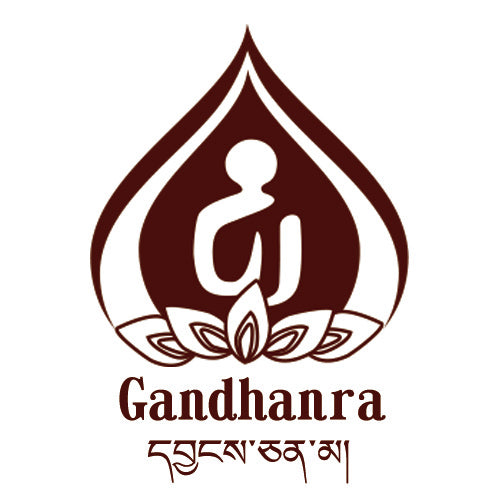Gold Shankha Conch Ring 0.87"
Gold Shankha Conch Ring 0.87"
⏱Vintage: 1990s
☞Handmade: 100%
⚒Materials: sterling gold,sterling silver,brass,cold iron
☲Size: 0.87"
Couldn't load pickup availability
❤This conch ring was handmade by Tibetan craftsmen and come from Hepo Town, Baiyu County, the birthplace of the famous Tibetan handicrafts.
It is crafted from a variety of materials including solid gold, sterling silver, cold iron, brass,using traditional Tibetan craftsmanship to carry out multiple carvings and gold filled craftsmanship, inlaid with gold, silver, copper on the base of cold iron, together to create a classic image of conch.
Its base material is cold iron, and the head and face are made of gold filled craftsmanship, using about 2g of gold.
Its shank is open and can be adjustable to fit most sizes.
❤Details
100% Handmade
Pendant material:sterling gold,sterling silver,copper,cold iron
Color:yellow
Conch Height:23mm / 0.9 inches
Diameter of the ring: 22mm / 0.87 inches
Open ring, can be adjusted.
❤ABOUT Shankha
A Shankha (conch shell) has religious ritual importance in Hinduism. It is the shell of any suitable sea snail which had a hole made for the performer's embouchure.
In Hindu mythology, the shankha is a sacred emblem of The Hindu preserver god Vishnu. It is still used as a trumpet in Hindu ritual, and in the past was used as a war trumpet. The shankha is praised in Hindu scriptures as a giver of fame, longevity and prosperity, the cleanser of sin and the abode of goddess Lakshmi, who is the goddess of wealth and consort of Vishnu.
The shankha is displayed in Hindu art in association with Vishnu. As a symbol of water, it is associated with female fertility and serpents (Nāgas). The shankha is the state emblem of the Indian state of Kerala and was also the national emblems of the Indian princely state of Travancore, and the Kingdom of Cochin.
The shankha is one of the eight auspicious symbols of Buddhism, the Ashtamangala, and represents the pervasive sound of Buddhism.
A powder made from the shell material is used in ayurveda as a treatment for stomach ailments.
In the Western world,the shell of this species is known as the "divine conch" or the "sacred chank". It may also be simply called a "chank" or conch. The more common form of this shell is known as "right-turning" in a religious context, although scientists would call it "dextral". A very rarely encountered form has reverse coiling which is called "left-turning" in a religious context, but is known as "sinistral" or left-coiling in a scientific context.























